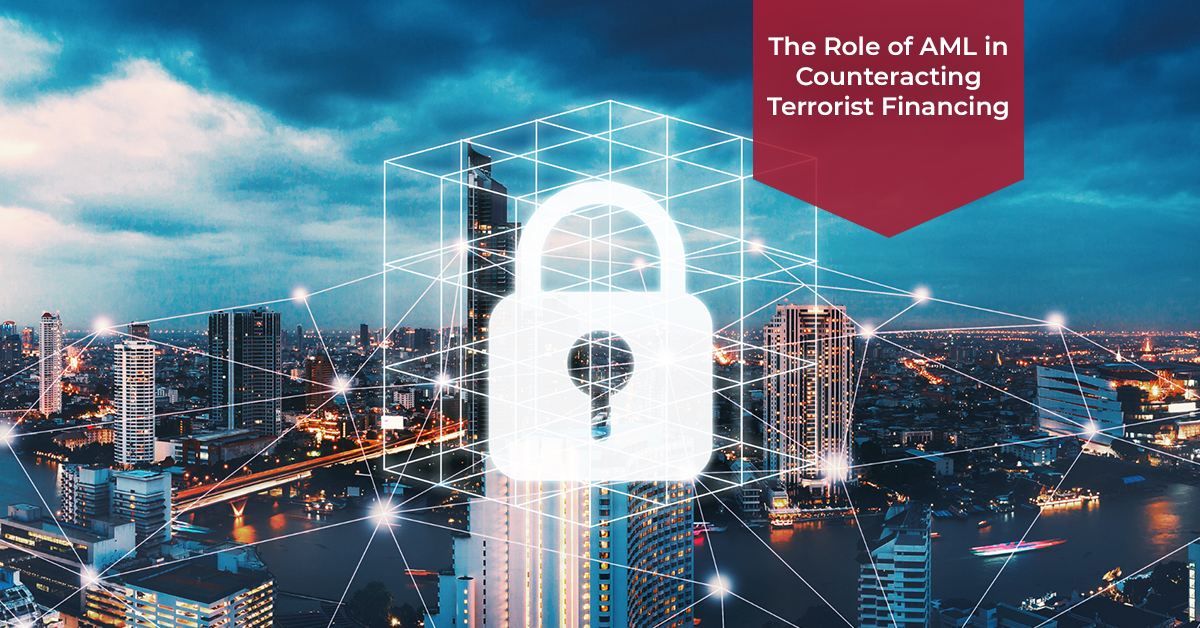
The Role of AML in Counteracting Terrorist Financing
Without access to financial channels, terrorist networks struggle to plan, recruit, and operate. This is why the role of anti-money laundering (AML) in counteracting terrorist financing has become central to both financial regulation and global security strategies. But how do banks, regulators, and fintech firms close the loopholes that illicit actors exploit?
At its core, AML is designed to prevent criminals from disguising the origins of illicit funds. When adapted for counter-terrorist financing (CTF), these same frameworks must also address funds that may originate from lawful activities but are diverted to unlawful purposes. Terrorist financing differs from classic money laundering in one key respect: funds used for terrorism can come from both illegal and legal sources, such as donations or legitimate businesses. This dual nature makes detection harder, as transactions may appear ordinary in isolation. Financial institutions must therefore focus on patterns, context, and networks rather than single red flags.
How AML Frameworks Intersect with Counter-Terrorism
AML frameworks rely on measures such as customer due diligence (CDD), know-your-customer (KYC) checks, and suspicious-transaction reporting. These tools, when rigorously applied, help identify potential cases of terrorist financing before funds reach operational use.
The Financial Action Task Force (FATF) sets global standards under its 40 Recommendations, requiring countries to criminalize terrorist financing and empower authorities — including supervisors, Financial Intelligence Units, and law-enforcement agencies — to enforce those measures.
Regulators also encourage financial institutions to implement advanced transaction monitoring. For instance, unusual transfers to high-risk jurisdictions, frequent small-value payments structured to avoid detection (“smurfing”), or the use of informal value transfer systems (IVTS) can all signal terrorist-financing activity.
In practice, effective counter-terrorist financing depends on bridging compliance frameworks with intelligence sharing between governments, banks, and the non-profit sector, which FATF identifies as potentially vulnerable to misuse for terrorist funding.
Challenges in Detecting Terrorist Financing
One major challenge is scale. Terrorist operations often involve relatively small sums compared with other financial crimes such as drug trafficking. This makes traditional AML thresholds less effective, since a single small amount transfer can have serious consequences if directed to the wrong hands.
Moreover, the rise of digital payment platforms, cryptocurrencies, and anonymous prepaid cards has expanded the range of channels vulnerable to abuse. Virtual assets and new payment instruments have become a key focus area for regulators in recent FATF updates.
Financial institutions must therefore balance vigilance with efficiency. Excessive false positives overwhelm compliance teams and waste resources, while lax monitoring creates exposure to regulatory penalties and reputational damage.
Machine-learning tools are increasingly deployed to refine transaction monitoring, but they require high-quality data and careful calibration to avoid bias or blind spots. Supervisors now expect firms to ensure explainability, governance, and continuous model validation in AI-based systems.
Moving Toward Integrated Risk Management
Strengthening AML’s role against terrorist financing is not only about stricter rules but about smarter integration. Collaboration across borders, industries, and supervisory bodies enhances visibility over complex transaction networks.
Initiatives such as ISO 20022’s data-rich payment messages and public-private partnerships help institutions detect anomalies with greater accuracy by improving the traceability of funds and the interoperability of financial data. Rich structured data embedded in ISO 20022 messages enables better screening, matching, and pattern recognition across payment flows.
Ultimately, the effectiveness of AML in this domain hinges on agility — and coordination. Terrorist groups continually adapt by shifting geographies, exploiting emerging technologies, and using informal value systems. Institutions that continuously update risk models, share intelligence in real time, and strengthen beneficial-ownership transparency will be best positioned to safeguard the integrity of the financial system.

